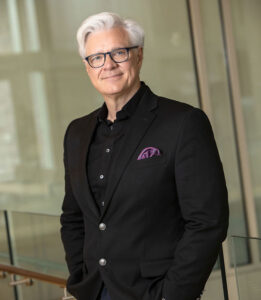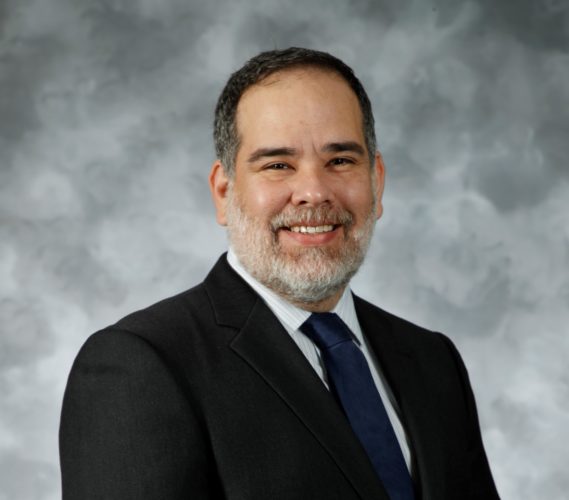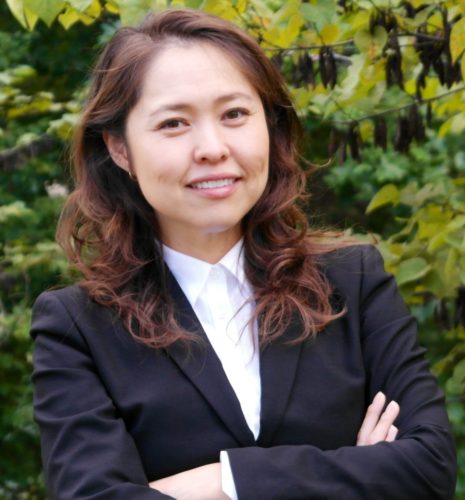Russia is facing a financial meltdown. In response to its invasion of Ukraine, the U.S. and global allies have hit Russia with financial sanctions, isolating the country from the global financial system. In particular, the penalties on Russia’s central bank have effectively frozen the vast majority of its foreign-held assets.
The unprecedented scale and unanimity of these penalties will be crippling to the Russian economy, according to Mark P. Taylor, dean of Olin Business School and the Donald Danforth Jr. Distinguished Professor of Finance.
But what does this all mean? And what affect might these sanctions have on the global economy today and in the future? Taylor, a leading global authority on international finance, answered these questions and more.
What does it mean to freeze a nation’s assets?
According to Taylor, freezing a nation’s assets is very similar to freezing an individual’s bank account. The money is still there and may even earn interest, but the account holder — in this case, the Russian government and wealthy oligarchs — cannot access it.

While it’s difficult to get a full handle on just how much Russian money is held outside its borders, Taylor said there is evidence that Russia has stockpiled over $600 billion in foreign currency reserves. The vast majority of that is frozen. Among the countries where Russia holds the bulk of its foreign reserves, only China has not imposed sanctions on Russia to date.
“On top of that, there are other sanctions on individuals and corporations,” Taylor said. “For example, Russian individuals have approximately $11 billion in deposits in Switzerland, a major financial center, right now. And that’s bank deposits. That does not include securities and bonds. The true number could be five times that — like $50 billion — just in Switzerland. That money is frozen.”
‘It’s a new form of economic warfare. No one wants to go to conventional war with Russia, but this will definitely impact them severely.’
Dean Mark P. Taylor
Historically, the government, Russian businesses and wealthy oligarchs have chosen to hold their assets in foreign banks because the currencies are less vulnerable than the ruble, Taylor explained.
Making matters worse for Russia, the country also has been cut off from SWIFT — a platform for facilitating money transfers that is integrated into banking systems worldwide — making international payments difficult.
“Initially, people thought Russia would route payments through China,” Taylor said. “But that’s not happening, interestingly. There’s no evidence that Russians are circumventing sanctions by going through China, possibly because Chinese banks are worried about sanctions as well.”
How have these sanctions impacted Russian, global economies?
The effect of these penalties on the Russian economy has been severe and immediate. The ruble and stock market are down 30-40%, Taylor said. Russians are lining up at banks and ATMs to withdraw their money. And it will be increasingly difficult for Russia to import necessities with a large percent of its assets frozen and no way to make international payments.
Russia’s biggest trading partners, India and China, are still willing to trade with the country, Taylor said. But many companies throughout Europe had already stopped purchasing and selling to Russia since the sanctions imposed on the country when it invaded Crimea in 2014.
Globally, the biggest concern is the impact these sanctions will have on energy prices and how that might contribute to inflation.
“Russia is the biggest producer and supplier of oil and natural gas to Europe in particular,” Taylor said. “Prices were already high and have gone up even more since the start of the conflict. This will have an impact on global energy prices and so have a ripple effect beyond Europe and will also be felt in the U.S., for example.”
If the energy price hikes are sustained, it could exacerbate inflation. Faced with higher energy bills, households will have less money to spend elsewhere. And businesses will be forced to raise prices in response to the higher energy costs. But we’re not there yet, Taylor said.
“People are panicking at the moment. A lot of the energy price hikes depends on what happens in the conflict. If the price increases do not last for long, it will not have a significant impact on trade and inflation. The pain will be tolerable,” Taylor said.
A new form of economic warfare
Financial sanctions are not new, of course. In recent years, the EU and U.S. have imposed financial sanctions on Myanmar and Belarus, for example. What makes this situation different, though, is the near global unanimity in which they have been applied, Taylor said. The G7 — the U.S., Canada, Germany, France, Italy, the U.K. and Japan — plus Switzerland and the EU more broadly have acted in unison to isolate and punish Russia.
While many were surprised that Switzerland broke its neutrality, Taylor sees the situation differently. “What does it mean to be neutral? If virtually the whole world is lining up to say this act of aggression is wrong, then agreeing with that doesn’t necessarily mean you’ve broken neutrality,” he said.
According to Taylor, the unprecedented unanimity in these financial sanctions on Russia is one of the few positive things to come out of the conflict. And it could change the way global powers respond to threats in the future. China, for example, will be keeping a close eye on the situation.
“These types of sanctions would not have been effective during the Cold War because the Russia and the whole Soviet bloc was largely a sealed, communist economic area. Today, however, Russia is a capitalist economy that relies on global trade and international finance, making them more vulnerable to sanctions,” Taylor said.
“It’s a new form of economic warfare. No one wants to go to conventional war with Russia, but this will definitely impact them severely.”













